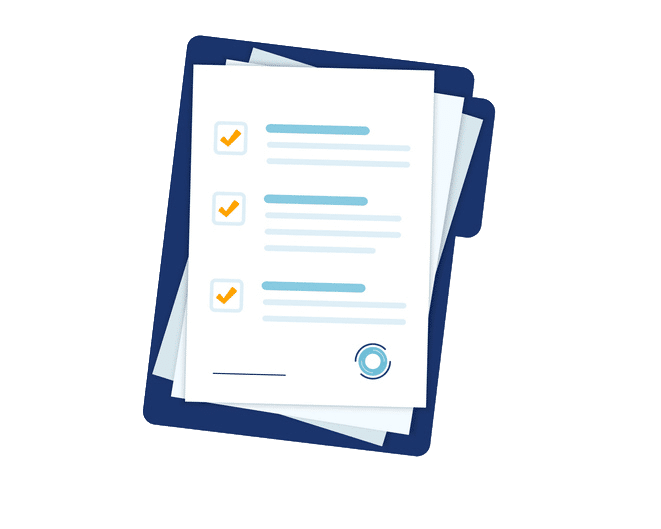Tri-annual IEP Meeting
As the name states, the tri-annual meeting occurs every 3 years. It is required to have this meeting. Why is this required? A lot can change in a 3 year period. Fluctuations in student performance and the student’s abilities may require new accommodations. As the student grows, they may be more or less impacted by a certain disability in the IEP. This meeting addresses those changes and how it impacts the student day-to-day.
In the tri-annual meeting, we’re launching from an entirely different set of data. Cognitive, behavioral, social-emotional, and academic data is covered again to get a better understanding of how the student has grown in the last three years. From there, an IEP is created based on that data.
Conclusion
At any time, new data could facilitate a change to the IEP. It may mean more supports are added into IEP or some supports are withdrawn or faded back based on testing that the student no longer needs the support.
